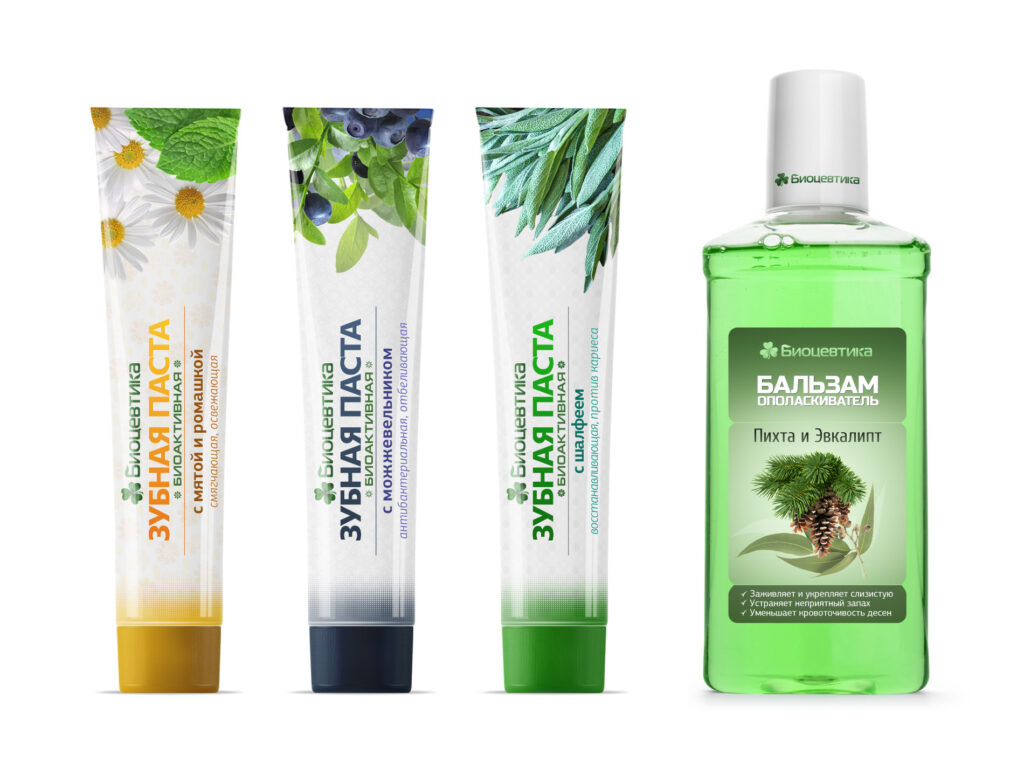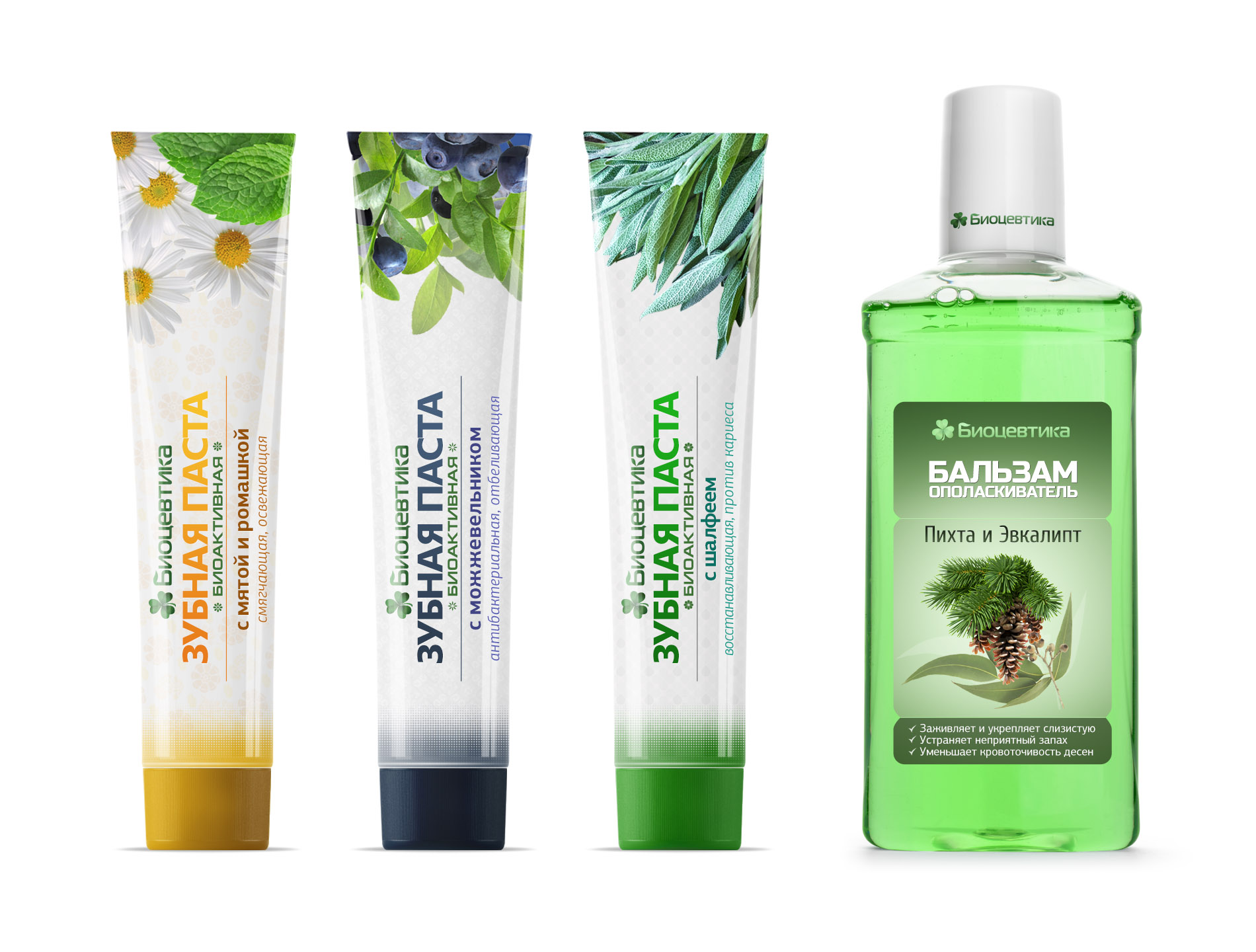It is very difficult to stand out in the modern toothpaste market – there are many manufacturers, there are even more different offers, all combinations of ingredients known to technologists have already been tried many times, and it is incredibly difficult to come up with something truly new, to surprise a demanding user.
But it is impossible to work without novelty, therefore, in practice, manufacturing companies that launch new products often rely on advertising and marketing rather than real innovations. And this approach works, but only for a short time – until the consumer understands that the new product is not much different from the old, and all the innovations advertised are “solid marketing” and nothing more. And then everything has to be repeated from the beginning.
However, we have a better option for you – based on our new developments in the field of oral care products (including toothpastes), you can offer the market such products that your loyal customers will actually find new, useful and memorable and ensure stable sales. An important point is that when developing new products, we not only took into account the need to give them high functional efficiency, but also tried to give them high marketing potential. To this end, the recipes contain a number of marketing “chips” designed to give these products better sales, higher retention and a stable level of repeat purchases. details below.
For use in toothpastes and other oral care products we have selected only 6 types of CO2 extracts: Mint, Chamomile, Juniper, Sage, Eucalyptus, Siberian Fir. Of these, the first 4 positions are offered for toothpastes (mint, chamomile, sage, juniper) and the remaining 2 positions (fir, eucalyptus) for other oral care products (rinsing balm, foams). There are several reasons for this selection of extracts.
First, they have the highest efficiency in terms of caring for teeth and gums (the spectrum of functional action of these extracts in oral care products is given below). Secondly, all selected plants are easily recognizable and familiar to the average consumer – among them there are no obscure exotic species that confuse the consumer that they have never heard of. Finally, the selected plants are not only familiar to consumers, but also have strong associations with usefulness specifically in the context of oral and gum care.
In fact, with this choice of ingredients, we are offering customers to go “back to basics” and rely on simple, effective and consumer-friendly ingredients in their products – this alone will set your new toothpastes apart from other offerings on the market, as per their labels further the stranger and more exotic plant names appear, whose names mean nothing to the average consumer.
CO2 extracts convey the taste of the plant from which they are made very vividly and accurately. Taking into account the recommended amounts (0.1-0.4% for toothpastes, depending on the name), your product will have a very full, convincing and clearly recognizable taste from the extract you have added. To emphasize this effect, we recommend adding one or two extracts to the products – so that there is no mixing and the taste of the product corresponds exactly to the name on the label. This increases the credibility of your product and sets it apart from competing offers – after all, in most modern toothpastes the taste of the added extracts is either not perceptible at all or only very weakly; or in some cases it tastes like a mixture of herbs in which individual plants are indistinguishable.
Building a product based on one/two extracts is a logical progression from the concept of “efficient simplicity” previously proposed at the ingredient selection level. The recommended usage levels not only give your products a recognizable taste (and this alone sets them apart from competing products), but also provide the concentration of the ingredient necessary for effective maintenance (and this is another reason why adding lots of extracts is not recommended). , since mixing into the formulation can lower the concentration of individual extracts below the “threshold”).
The addition of CO2 extracts not only gives your toothpastes (as well as balms and mousses) a rich taste, but also a long aftertaste. This effect is due to the fact that CO2 extract is a fat-soluble ingredient and is easily absorbed into the mucous membrane – after rinsing, the water-soluble washing part of the paste is washed away, and the fat-soluble one “sticks” to the mucous membrane, partially remaining and still providing 10-15 Minutes after you finish brushing your teeth for a distinctive aftertaste.
This effect gives the consumer much more time than usual to communicate with your brand – after all, in this case they not only use toothpaste according to the “brush teeth and forget” principle; CO2 extract will remind you of the product for a long time with a long and pleasant aftertaste, thus attracting consumer attention to your brand, increasing its memorability and trust.
A long aftertaste can also be interpreted as “long-term care” in marketing terms, and this statement is confirmed by the very real sensations of the user. More precisely, this is not even a statement, and even more so not marketing, but simply a fact – the CO2 extract absorbed into the mucous membrane really works and helps to care for the oral cavity.
Table 1. Spectrum of activity of CO2 extracts in oral care products
| CHAMOMILE | SAGE |
|---|---|
| • Binders • Painkiller • Plasticizers • Antiphlogistic • Antimicrobial • Hemostatic | • Antiphlogistic • Antimicrobial • Disinfectants • Binders • Hemostatic • Painkiller • Remedy |
| MINT | EUCALYPTUS |
| • Deodorant • Antiphlogistic • Soothing • Painkiller • Binders | • Antimicrobial • Painkiller • Antimicrobial * • Generally bactericidal • Antiseptisch • Disinfection • Antiphlogistic • Antiulcer • Antiviral |
| JUNIPER | FIR |
| • Antimicrobial • Antiphlogistic • Binders • Remedy • Antiulcer • Cleaning | • Antimicrobial • Antiphlogistic • Remedy • Cleaning • Deodorant • Bacteriological |

CO2 extracts should be added to the chilled or already chilled phase of the final product in the final stages of preparation and mixed thoroughly. CO2 extracts are compatible with all known toothpaste ingredients, including abrasive grains, fibers and charcoal.
The addition of CO2 extracts to toothpastes (as well as mousses and balms) makes them highly effective; natural, pleasant taste and long aftertaste; end-to-end compliance label taste aftertaste; Confidence in the product and increased communication time with the brand; a simple and understandable list of ingredients, the meaning of which is clear to the consumer; the absence of obscure and unusable exotics among the active ingredients that confuse the consumer.
